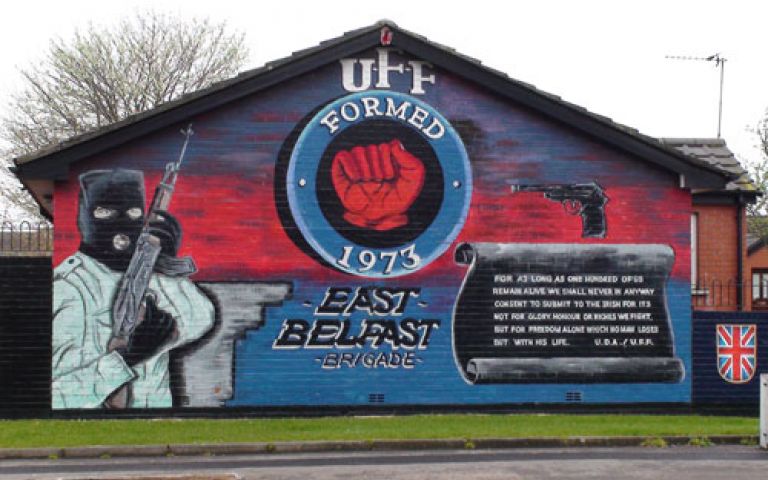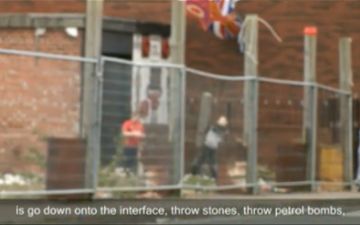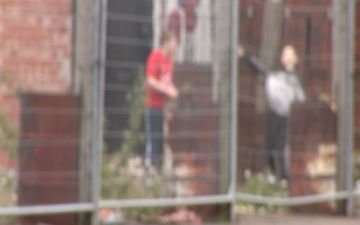In talking about the Real IRA, the splinter group that took responsibility for the March 7 attack on an army barracks outside of Belfast that left two soldiers dead, Chief Constable Sir Hugh Orde has said, "The people we are arresting are not 50 or 60 year olds from the old world.
These are young people who are being targeted by dissidents – disenfranchised, marginalized youth, young people who they are now using to do their dirty work for them." The young people he is talking about grow up in walled off neighborhoods, segregated from protestants. The government has been building these walls all over Belfast since the 1970s. While most want the walls to come down eventually, few think it is safe today, even 11 years after the historic Good Friday Agreement was signed.
The barracks murders will most likely reinforce that belief.
Filmmaker Scott Harris goes some of the most notorious neighborhoods in Belfast to see what the peace process looks like to teenagers with no memory of The Troubles.


